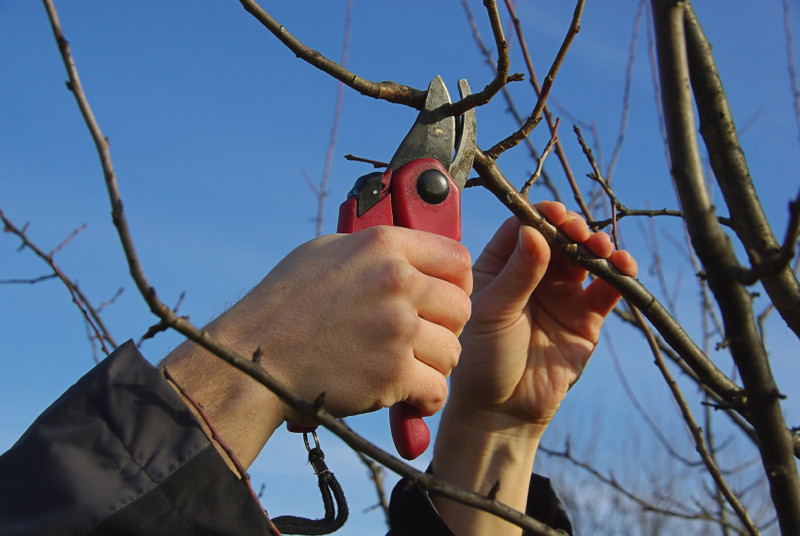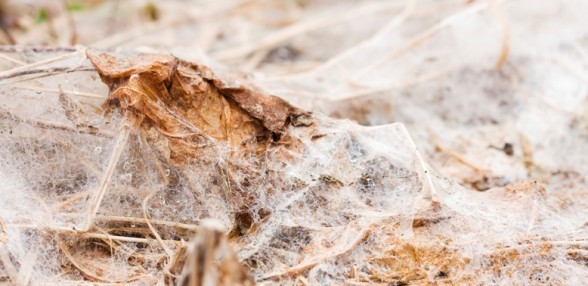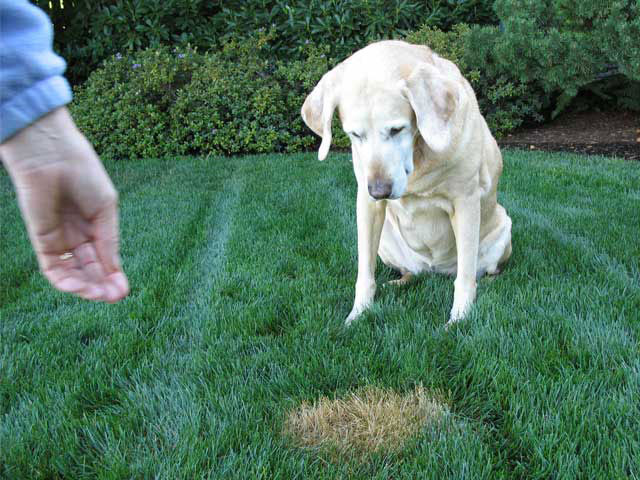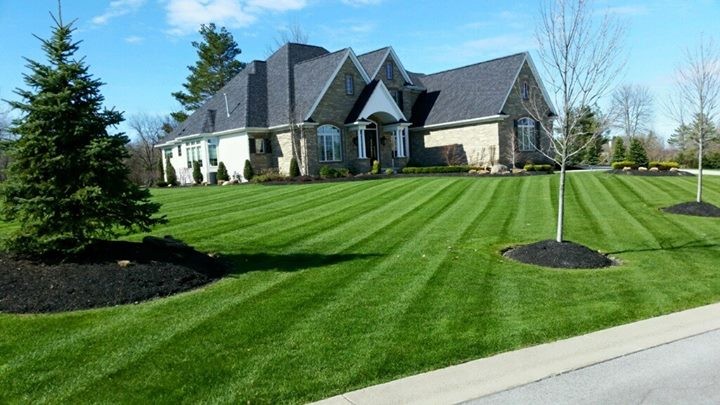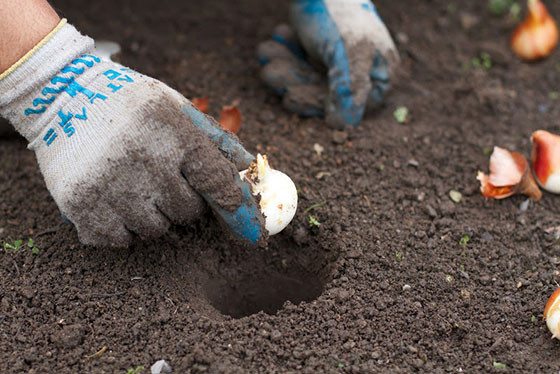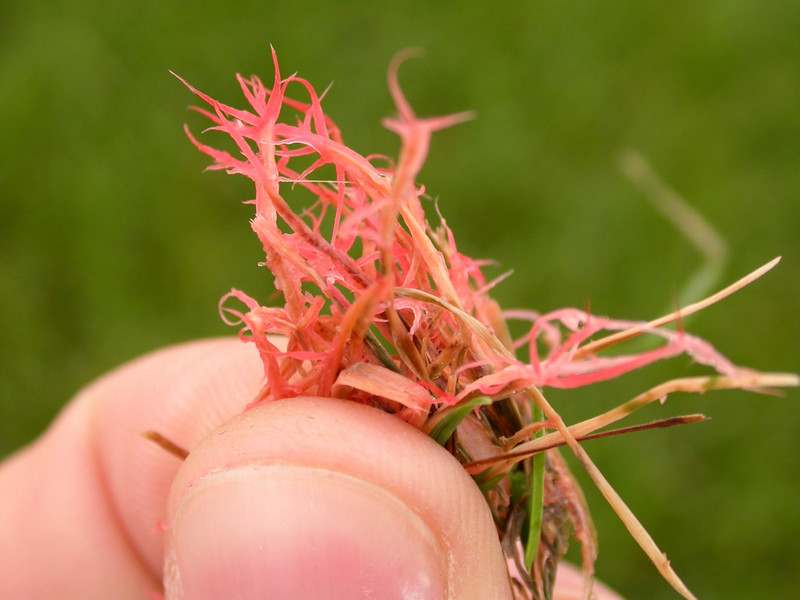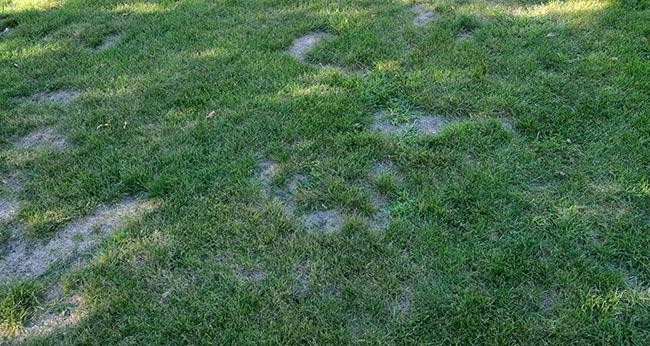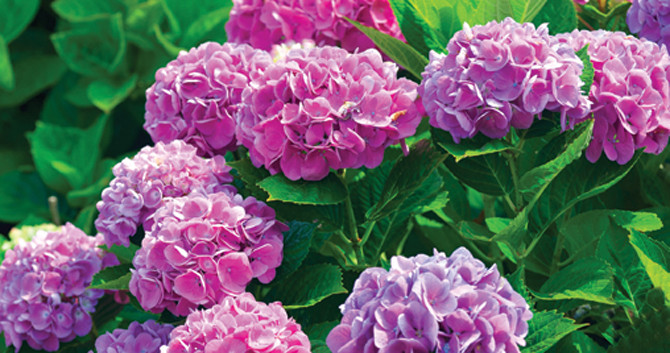 Buffalo & WNY Lawn & Landscape Blog
Buffalo & WNY Lawn & Landscape Blog
How to Care for Your New Sod
Apr 6th, 2015
Water is essential to all life...too little water and we die, too much and we drown. The same is true of the grass in our lawns. Water makes up 70% to 80% of the weight of our lawn grasses and the clippings alone are nearly 90% water. Newly installed turfgrass sod has very important watering needs. Proper watering immediately after installation will ensure the turf gets established, and it will also have an impact on how well the lawn continues to flourish for years to come.
When To Water New Turfgrass Sod
Begin watering new turfgrass sod within a half hour after it is laid on the soil. Apply at least 1 inch of water so that the soil beneath the turf is very wet. Ideally, the soil 3 to 4 inches below the surface should be moist.
Watering Tip #1: pull back a corner of the turf and push a screwdriver or other sharp tool into the soil. It should push in easily and have moisture along the first 3 or 4 inches, or you need to apply more water.
Watering Tip #2: make absolutely certain that water is getting to all areas of your new lawn, regardless of the type of sprinkling system you use. Corners and edges are easily missed by many sprinklers and are particularly vulnerable to drying out faster than the center portion of your lawn. Also, areas near buildings, driveways or concrete dry-out faster because of reflected heat and may require more water.
Watering Tip #3: runoff may occur on some soils and sloped areas before the soil is adequately moist. To conserve water and ensure adequate soak-in, turn off the water when runoff begins, wait 30-minutes to an hour and restart the watering on the same area, repeating this start and stop process, until proper soil moisture is achieved.
For the next two weeks keep the below-turf soil surface moist with daily (or more frequent) watering. Especially hot, dry or windy periods will necessitate increased watering amounts and frequency.
Watering Tip #4: as the turf starts to knit its new roots into the soil, it will be difficult, impossible and/or harmful to pull back a corner to check beneath the turf (Watering Tip #1), but you can still use a sharp tool to check moisture depth by pushing it through the turf and into the soil.
Watering Tip #5: water as early in the morning as possible to take advantage of the daily start of the grass's normal growing cycle, usually lower wind speeds and considerably less loss of water because of high temperature evaporation.
During the rest of the growing season most lawns will grow very well with a maximum total of one inch of water a week, coming either from rain or applied water. This amount of water, properly applied, is all that is required for the health of the grass, providing it is applied evenly and saturates the underlying soil to a depth of 4 to 6 inches.
Watering Tip #6: Infrequent and deep watering is preferred to frequent and shallow watering because the roots will only grow as deeply as its most frequently available water supply. Deeply rooted grass has a larger "soil-water bank" to draw moisture from and this will help the grass survive drought and hot weather that rapidly dries out the upper soil layer
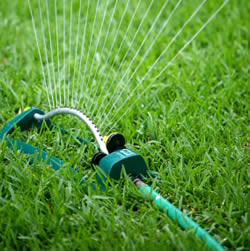 How To Water New Turfgrass Sod
How To Water New Turfgrass SodProper watering techniques are a critical aspect of lawn watering, equal in importance to the issues of when to water and how much to water. Here are several key factors to proper technique:
Avoid hand sprinkling because it cannot provide the necessary uniformity as most people do not have the patience, time or "eye" to adequately measure what is being applied across any larger areas of lawn. The only possible exception to this guideline would be the need to syringe the surface of the grass to cool it, or to provide additional water near buildings or other heat-reflecting surfaces.
Sprinklers that do not throw the water high into the air are usually more efficient because prevailing winds are less disruptive of distribution patterns, the potential for evaporation loss is reduced and trees, shrubs and other plants do not block the pattern (or are very noticeable if they do).
Water timers can help provide consistency and even be programmed or set to turn-off when no one is awake or at home. Some timers measure just the amount of time water is flowing through the devise and you have to know or calculate how long to set the timer for (see item above). Other units measure the number of gallons of water flowing through it. Knowing that 600 gallons per 1,000 square feet equals one-inch of water will help you calculate the timer settings your lawn will require.
Dreamscape also offers watering services to help reduce the stress of watering your new lawn. To receive a quote on a temporary watering system, contact our office at 716-683-2408 or fill out our contact form by clicking here.


